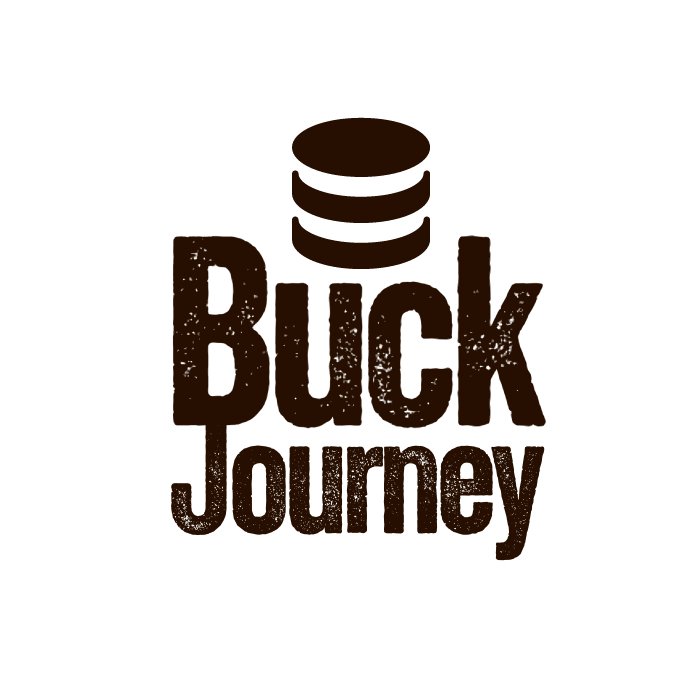What’s Next for Borrowers?
After nearly three years, the student loan payment pause officially ended on September 1st. Borrowers will start receiving their first bills in September, which will be due sometime in October. These bills are supposed to be sent at least three weeks before they are due.
NCLC has heard from many borrowers who are worried about repayments beginning again. Advocates and borrowers have reported troubling issues with loan servicers giving out incorrect payment information, long call-wait times, and processing paperwork incorrectly.
If you are having issues with your loan servicer or are concerned about repayment, share your story with us today, so we can inform lawmakers exactly about the issues borrowers are facing. You can also file a complaint with the Department of Education’s Student Loan Ombudsman Office to try to get your issue resolved and report problems directly to the Department of Education.
What is the Department of Education doing to help borrowers now?
Even though the Supreme Court struck down President Biden’s cancellation plan, there is still some good news for borrowers. The Department of Education understands that not everyone is ready for returning to repayment. There are a number of relief options available to borrowers right now to help make this transition easier.
Here are some of the programs the Department is offering to help borrowers now:
- The new SAVE plan — helping many borrowers lower their monthly student loan payments and get closer to loan cancellation.
- The one-time payment count adjustment — helping borrowers get closer to student loan forgiveness through the income-driven repayment or Public Service Loan Forgiveness programs.
- Fresh Start for borrowers in default — for a limited time, borrowers can get their loans out of default quickly and easily!
- Special on-ramp period for borrowers who can’t make payments yet — if borrowers emerging from the payment pause miss payments during this period they won’t be considered delinquent, placed in default, or referred to debt collection agencies (but interest will still be added to your loans).
What’s next for student loan cancellation?
The Department of Education is working on a new student loan debt relief plan after the Supreme Court struck down President Biden’s original plan in June. It’s still too early to tell what may come of this process, so borrowers should not count on this. You can also see if you are eligible for other cancellation programs that are still in place — you may be eligible for cancellation or loan forgiveness under one of those programs now!
What about the new SAVE plan?
The new SAVE plan was announced this past summer as a new way for borrowers to save more on their student loan payments while also working toward having their loans canceled or forgiven sooner. The SAVE plan is one of several income-driven repayment plans that borrowers can sign up for now. Under the SAVE plan, you may be eligible for lower monthly payments based on your income and household size. If you are signed up for the SAVE plan, your loan balance won’t increase while you’re making payments because of special waivers for interest under this program. The SAVE plan may not be the best plan for everybody, but if it’s a good fit for you, you may be able to save hundreds of dollars each month on your student loan payments! You can also use the Department of Education’s Loan Simulator Tool to find out if the SAVE plan is right for you or if you would be better off in another repayment plan. See the video below for more details on using the Loan Simulator Tool.
Where can I find more information on returning to repayment?
See our Return to Repayment page and use the checklist below for more information on how you can prepare for student loan payments to begin again.
Your Return to Repayment Checklist
- Check your current loan information on StudentAid.Gov.
- Update your contact information with your loan servicers and the Department of Education.
- See if you are eligible to have your loans canceled or forgiven.
- Get a Fresh Start on student loans in default.
- Choose a payment plan that’s right for you —consider an IDR plan like the new SAVE plan.
- Consider enrolling in auto-debit payments to lower your interest rate and make managing payments easier.
- Think about consolidating FFEL, HEAL, & Perkins loans by April 30, 2024 (updated from the original deadline of December 31, 2023) to benefit from the payment account adjustment and become eligible for the SAVE plan.
- Watch out for scams!
- Find one-on-one help with your loan situation.











